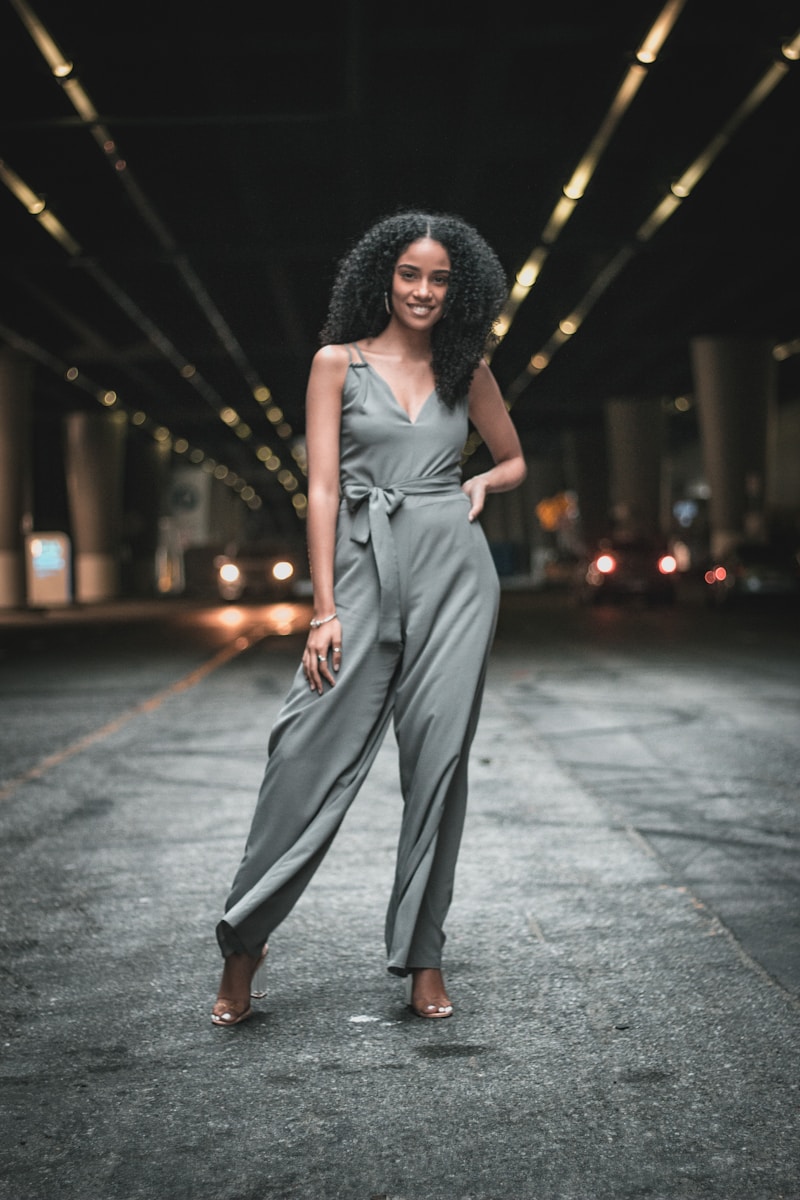A Study of Classic Wedding Dress History: Unveiling the Timeless Elegance
The history of Wedding dresses is not just a tale of fabric and fashion; it is a rich tapestry woven with cultural significance and personal stories. From ancient traditions to contemporary styles, the evolution of Wedding gowns has been influenced by various factors including societal norms, celebrity trends, and technological advancements in textile production. This article aims to delve deep into the Classic Wedding dress history, exploring the styles that have defined and transformed bridal fashion over the centuries.
Early Beginnings: The Roots of Wedding Attire
Wedding dresses can be traced back to ancient civilizations where the garments worn during marriage ceremonies often symbolized social status and family heritage. In ancient Rome, brides wore a tunic called the 'tunica recta', which was often adorned with a fiery orange waist sash, representing prosperity and fertility.
The Medieval Era: The Dawn of the White Wedding Dress
It wasn't until the 15th century that the modern concept of a bridal gown began to take shape. The wedding of Queen Victoria to Prince Albert in 1840 is often credited with popularizing the white wedding dress. Queen Victoria chose a gown made of white silk satin, which stood in stark contrast to the traditional colorful garments of the time. This royal choice sparked a trend that continues to influence bridal fashion to this day.
Table of Popular Wedding Dress Styles Through the Centuries
| Era | Style | Description |
| Ancient Rome | Tunica Recta | A simple yet symbolic gown representing fertility. |
| Medieval Europe | Heavy Brocade | Wealthy brides wore dresses adorned with jewels and intricate embroidery. |
| Victorian Era | White Satin | Inspired by Queen Victoria, white satin became a bridal standard. |
| 20th Century | A-Line Silhouette | Flattering for many body types, emphasizing a natural waist. |
| Modern Day | minimalist Designs | Simplicity and elegance with clean lines and subtle details. |
The 20th Century: A Period of Innovation
The 20th century brought forth significant changes in Wedding Dress Styles, influenced by world events and cultural shifts. The two World Wars led to fabric rationing, prompting designers to create simpler styles using less fabric. However, the post-war era in the 1950s witnessed a revival of extravagant designs characterized by voluminous skirts and intricate detailing.
Cultural Influences and Global Styles
As cultures intermingled, diverse bridal styles began to emerge worldwide. In India, traditional red wedding sarees symbolize prosperity and fertility, while in China, brides often wear red as a sign of happiness and good luck. The cultural significance attributed to Wedding dresses varies widely across the globe, highlighting the unique identities and traditions of different societies.
Celebrity Influence on Wedding Dress Trends
In recent decades, celebrity weddings have played a crucial role in shaping bridal fashion trends. From Princess Diana's iconic puffy-sleeved wedding dress in 1981 to Meghan Markle's elegant Givenchy gown in 2018, these gowns not only inspired brides around the world but also set new standards for elegance and design.
Popular Bridal Designers and Their Influence
Over the years, numerous designers have made their mark in the bridal fashion industry, creating timeless pieces that have become classics. Notable designers include:
- Vera Wang - Known for her luxurious and romantic designs.
- Monique Lhuillier - Famous for her feminine and whimsical styles.
- Marchesa - Renowned for its intricate embroidery and craftsmanship.

Modern Trends: A Fusion of Tradition and Innovation
Today's Wedding dresses reflect a blend of tradition and modern sensibilities. Many brides are opting for custom designs that incorporate personal elements, from heirloom fabrics to unique silhouettes. Sustainable fashion is also gaining traction, with an increasing number of brides choosing eco-friendly materials and practices for their wedding attire.
Tips for Choosing the Perfect Wedding Dress
When it comes to selecting a wedding dress, there are several key factors to consider:
- Body Type: Understanding your body's shape can greatly influence the style that flatters you most.
- Venues: The venue can dictate the formality of your dress. A Garden wedding may call for a different style than a grand ballroom event.
- Personal Style: Ensure that your dress reflects your personal taste and style, making you feel comfortable and beautiful.
Care and Preservation of Wedding dresses
Your wedding dress is likely one of the most cherished garments you will ever wear. To keep it looking pristine, consider the following care tips:
- Cleaning: Have your dress professionally cleaned shortly after the wedding to remove stains and prevent yellowing.
- Storage: Store your dress in a cool, dark place using acid-free materials to avoid discoloration.
- Preservation: Consider putting your dress in a preservation box to protect it from dust and deterioration.
Conclusion: Embracing the Legacy of Wedding dresses
The history of Wedding dresses reflects not just personal choices but also societal changes and cultural shifts. As we explore the evolution of bridal fashion, it becomes clear that the Classic Wedding dress is a symbol of love, commitment, and cultural heritage. Whether you opt for a traditional style or a modern design, the dress you choose will carry forward the legacy of those who came before you. When selecting your wedding dress, consider what speaks to your heart and personal history, making this pivotal garment a true reflection of your unique love story.
In summary, the journey through the history of Wedding dresses is a fascinating exploration of fashion, culture, and identity. As brides today continue to express their individuality and embrace new trends, the Classic Wedding dress remains a timeless representation of love and commitment.